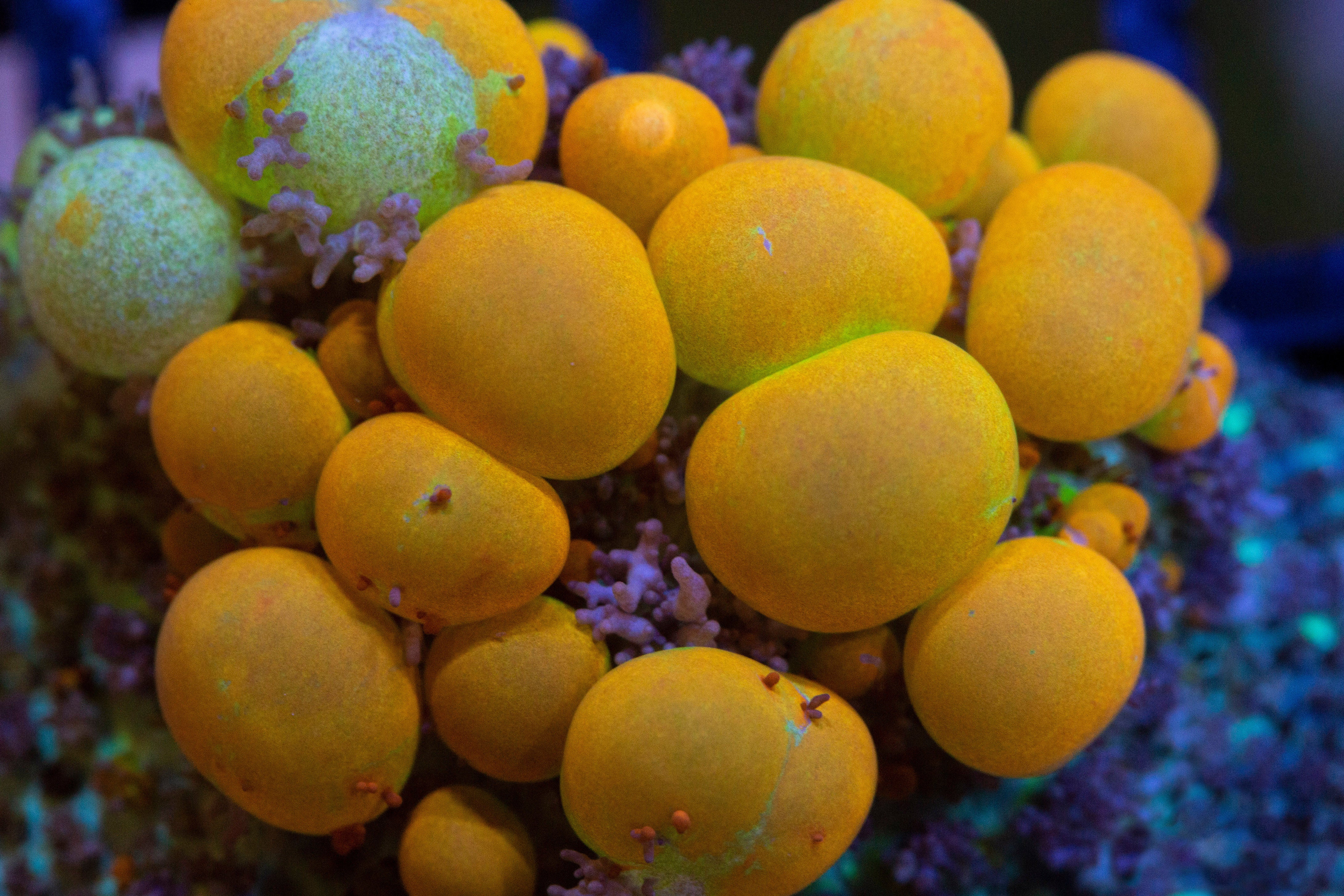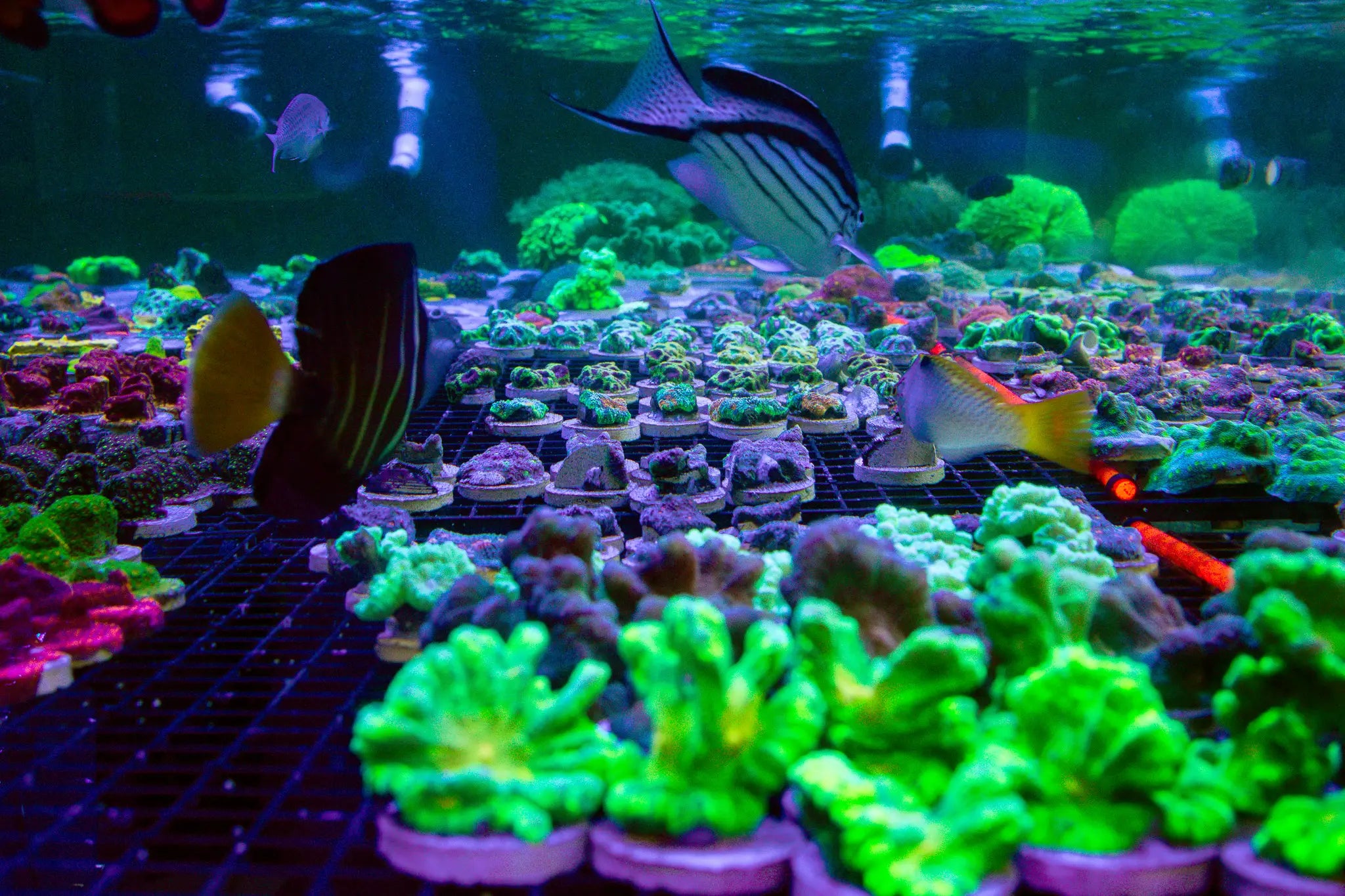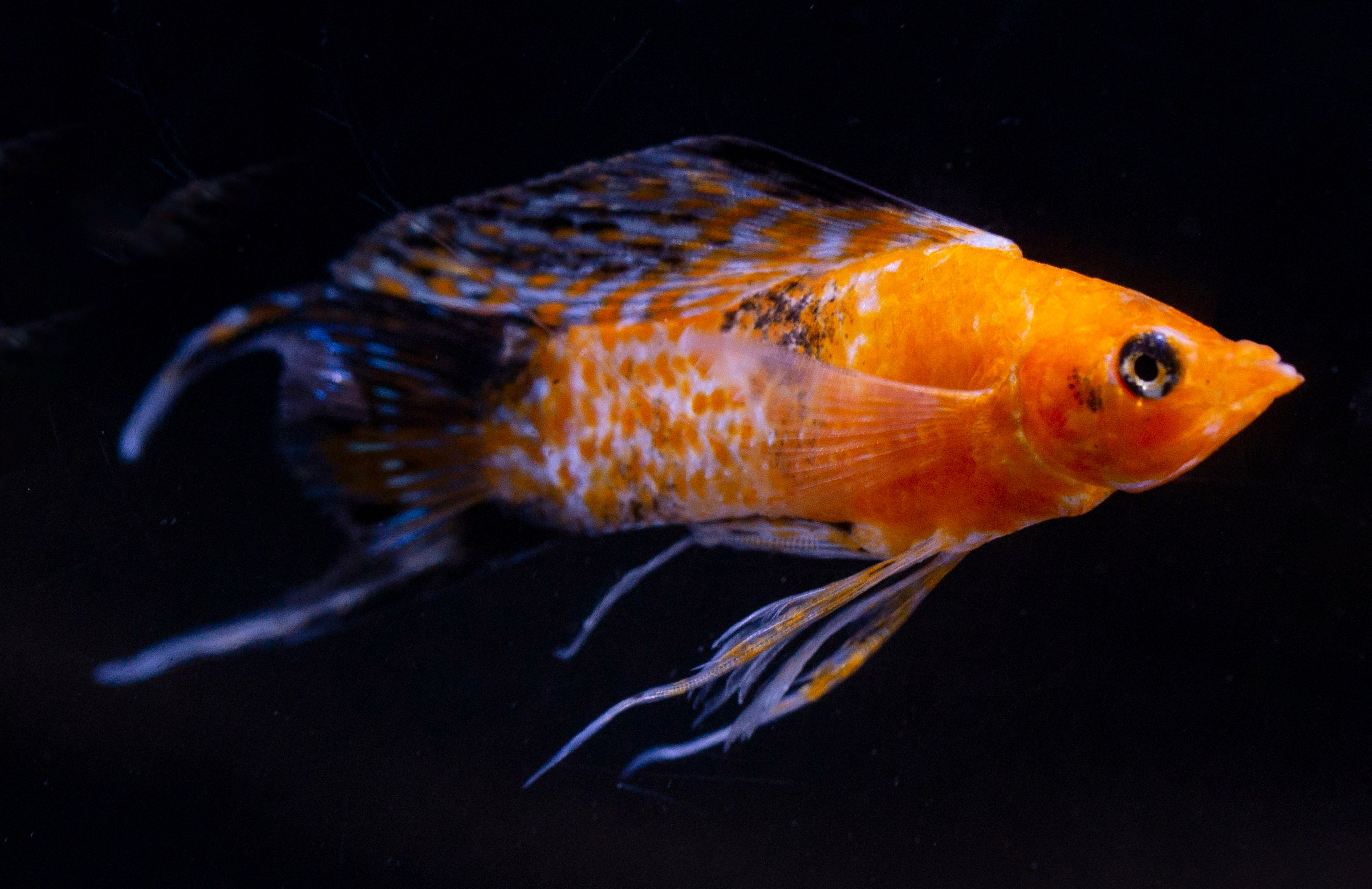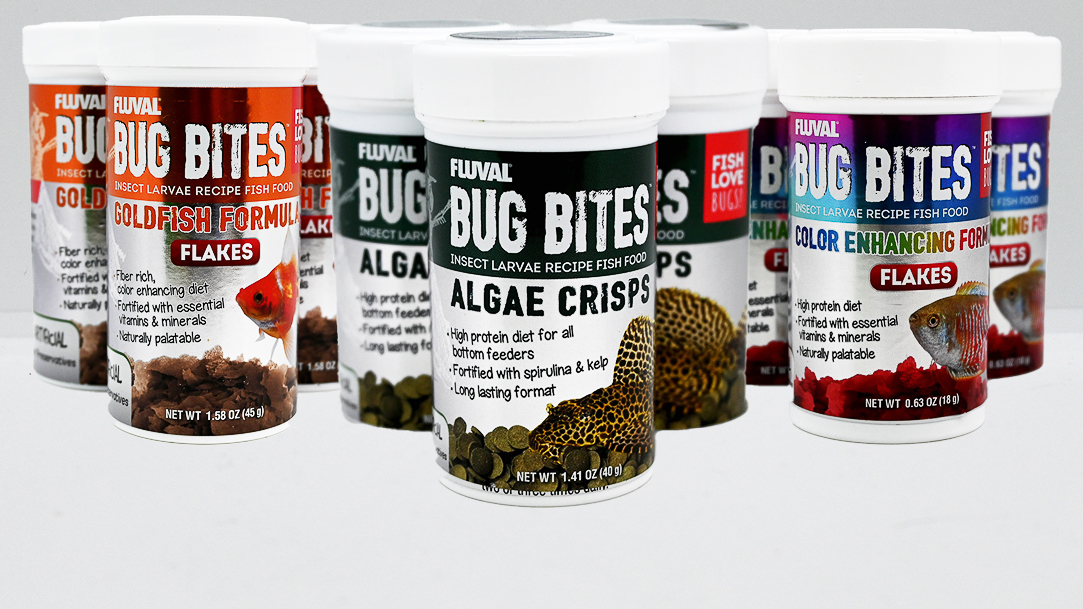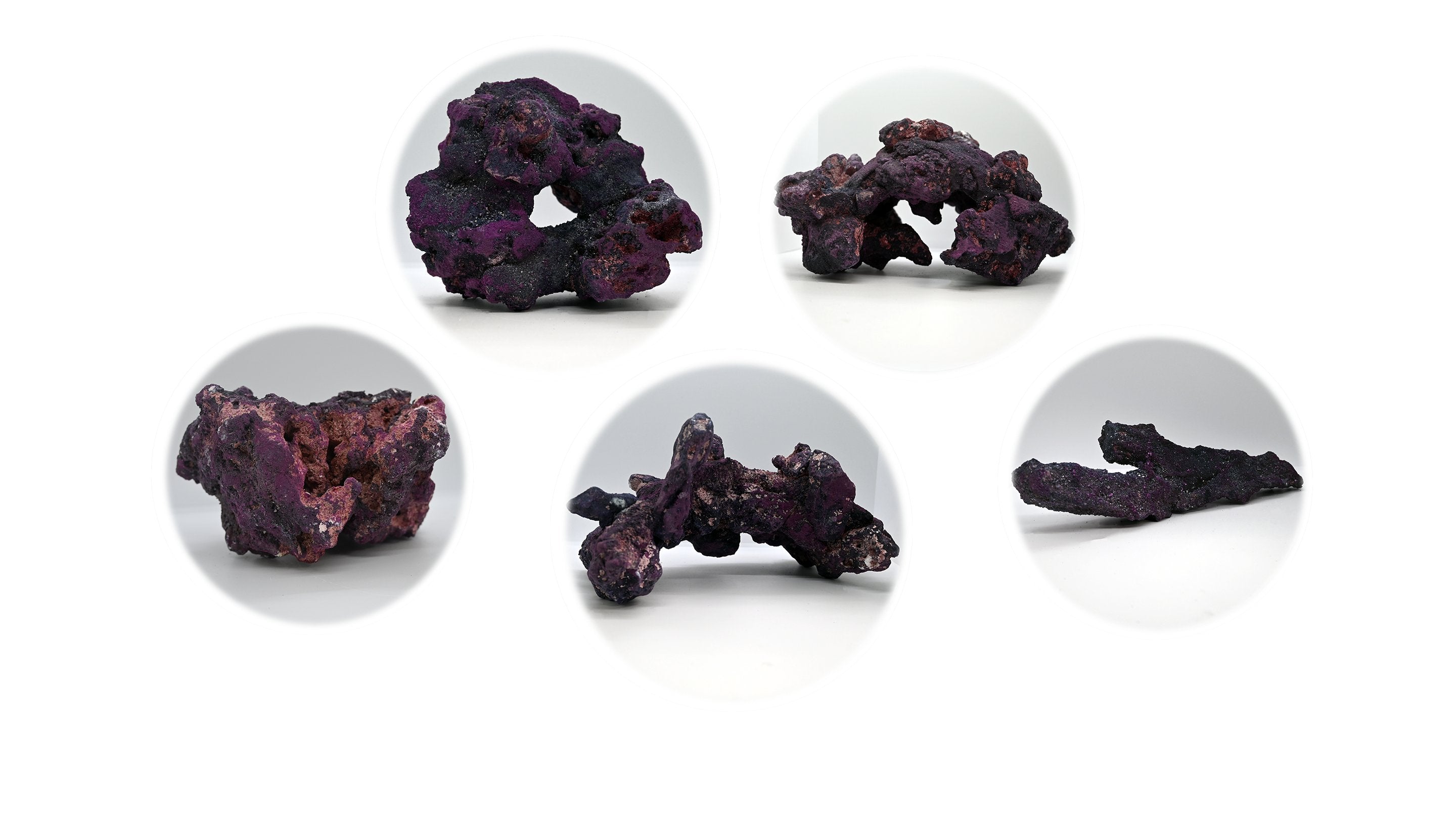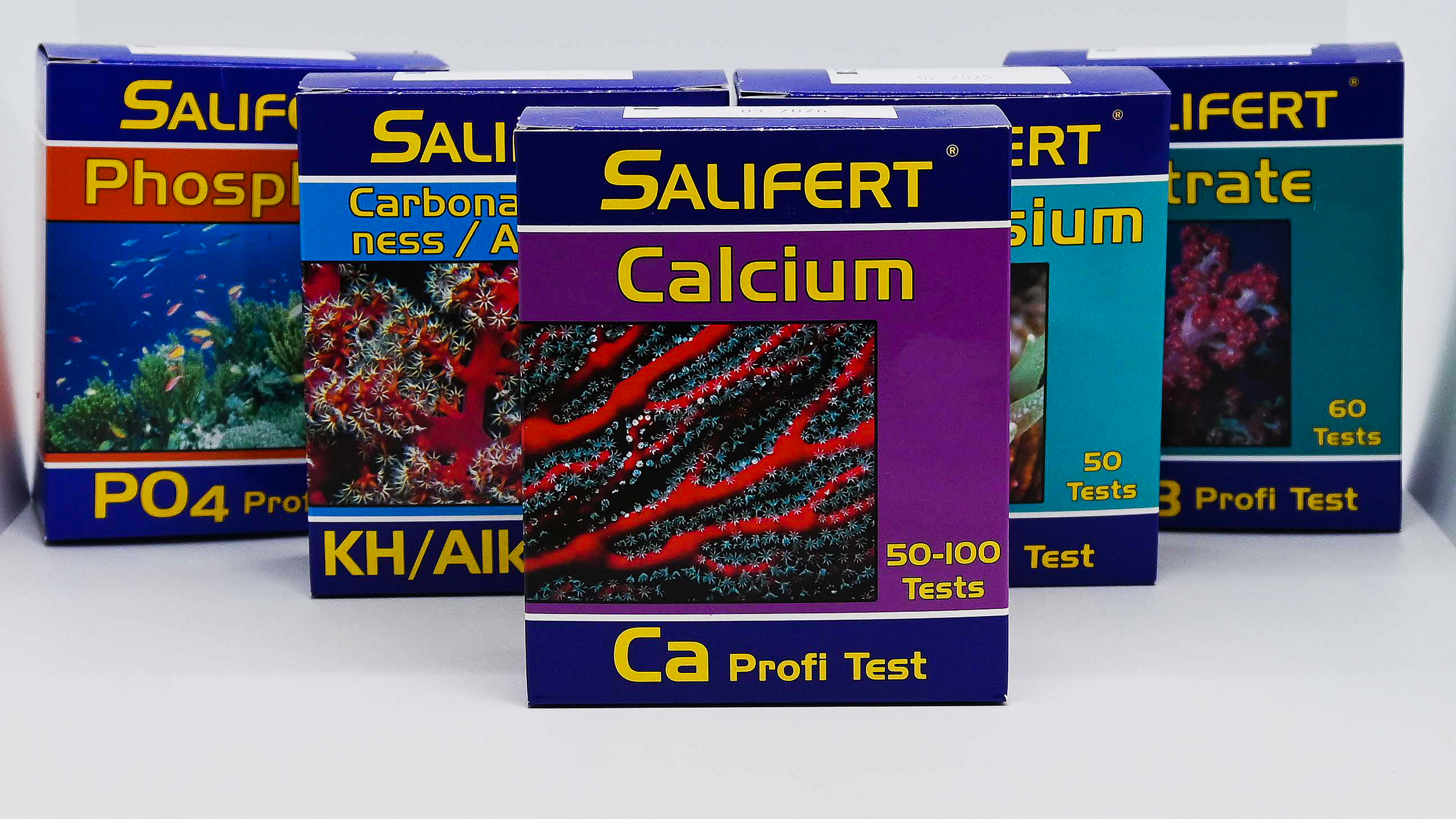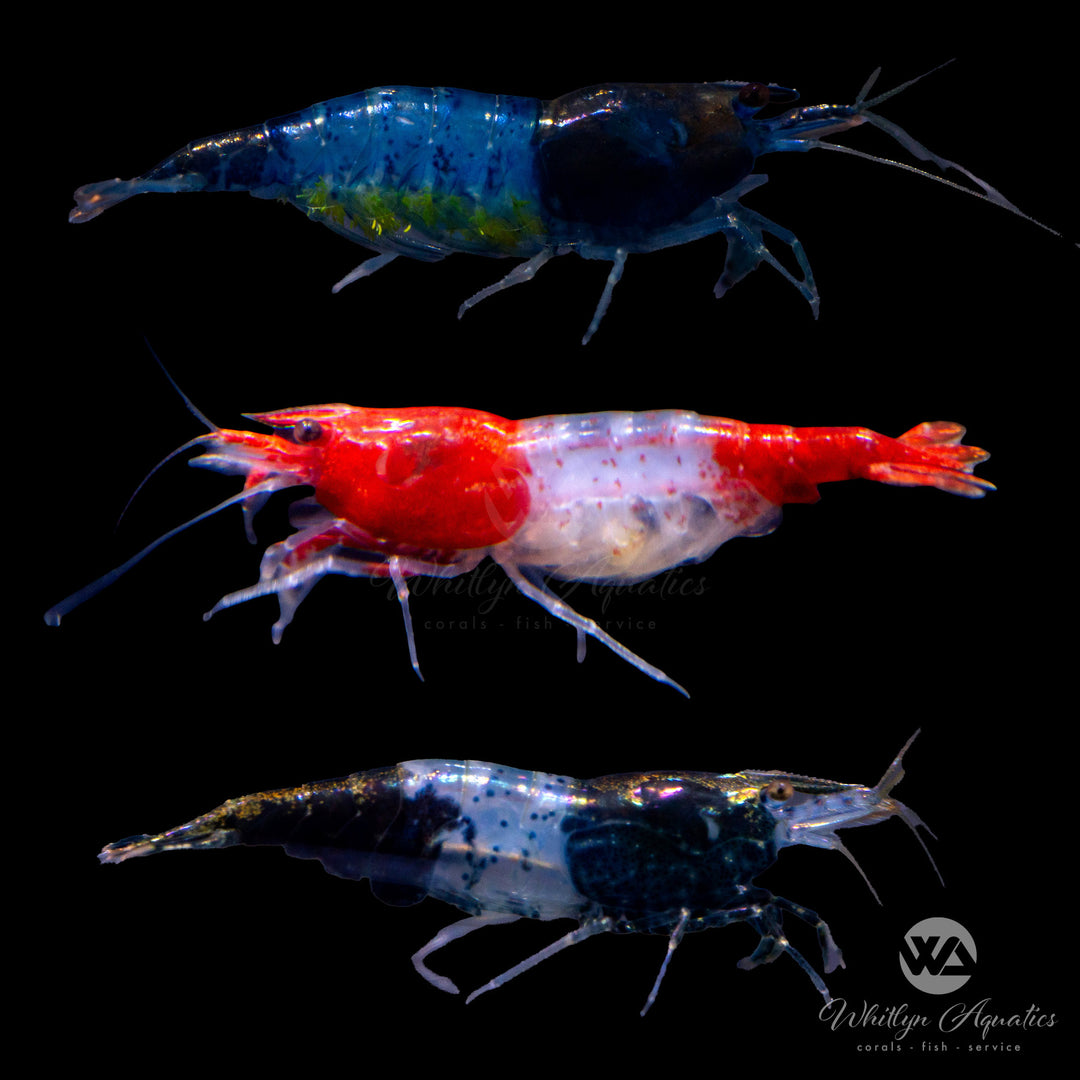
Assorted Glaze Shrimp - Neocaridina davidi
- In stock, ready to ship
- Backordered, shipping soon
Assorted Glaze Shrimp - Neocaridina davidi
Assorted Glaze Shrimp (Neocaridina davidi) are a captivating freshwater shrimp known for their vibrant coloration and unique patterns. This variety showcases an array of colors, making it a popular choice for aquarists looking to add both beauty and diversity to their aquariums.
Description:
• Common Name: Assorted Glaze Shrimp
• Scientific Name: Neocaridina davidi
• Family: Atyidae
• Size: Typically reaches about 1-2 inches (2.5-5 cm)
• Color: Features a mix of stunning colors, including reds, blues, greens, and yellows, often exhibiting a glossy or “glazed” appearance. The specific coloration can vary widely depending on genetics and environmental conditions.
Native Region:
Originally from Taiwan, the Assorted Glaze Shrimp has become widely popular in the aquarium hobby, thriving in freshwater environments typically found in slow-moving streams and rivers.
Aquarium Setup:
• Tank Size: Minimum of 10 gallons (38 liters) is recommended for a small group.
• Water Parameters:
• Temperature: 65-80°F (18-27°C)
• pH: 6.5-8.0
• Hardness: 4-12 dGH (moderately hard water)
• Diet: Omnivorous; feeds on algae, biofilm, and a variety of commercial shrimp foods. Supplement their diet with blanched vegetables (like spinach and zucchini) and protein-rich options like crushed flakes or pellets.
Care Level:
• Difficulty: Easy
• Temperament: Peaceful and social; best kept in groups of at least 6-10 individuals to encourage natural behaviors.
• Lifespan: Approximately 1-2 years with proper care.
Behavior:
Neocaridina Shrimp are active and curious creatures, often seen scavenging for food and exploring their environment. They are excellent algae eaters, contributing to tank cleanliness by consuming leftover food and biofilm. Their playful nature and social interactions make them a delight to observe.
Additional Tips:
• Tank Mates: Compatible with small, peaceful fish such as tetras, rasboras, and other shrimp species. Avoid larger or aggressive fish that may view them as prey.
• Breeding: Breeding is straightforward in captivity. Provide ample hiding spots with plants or decorations for females to carry their eggs. The larvae will hatch as miniature adults and do not require brackish water for development.





